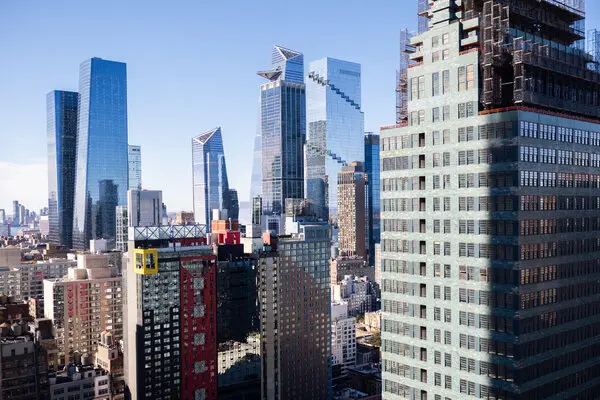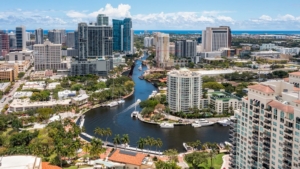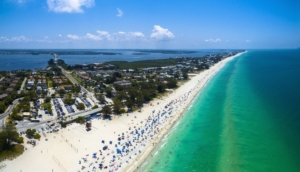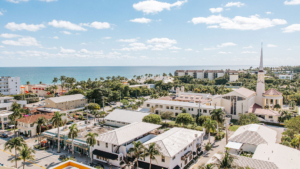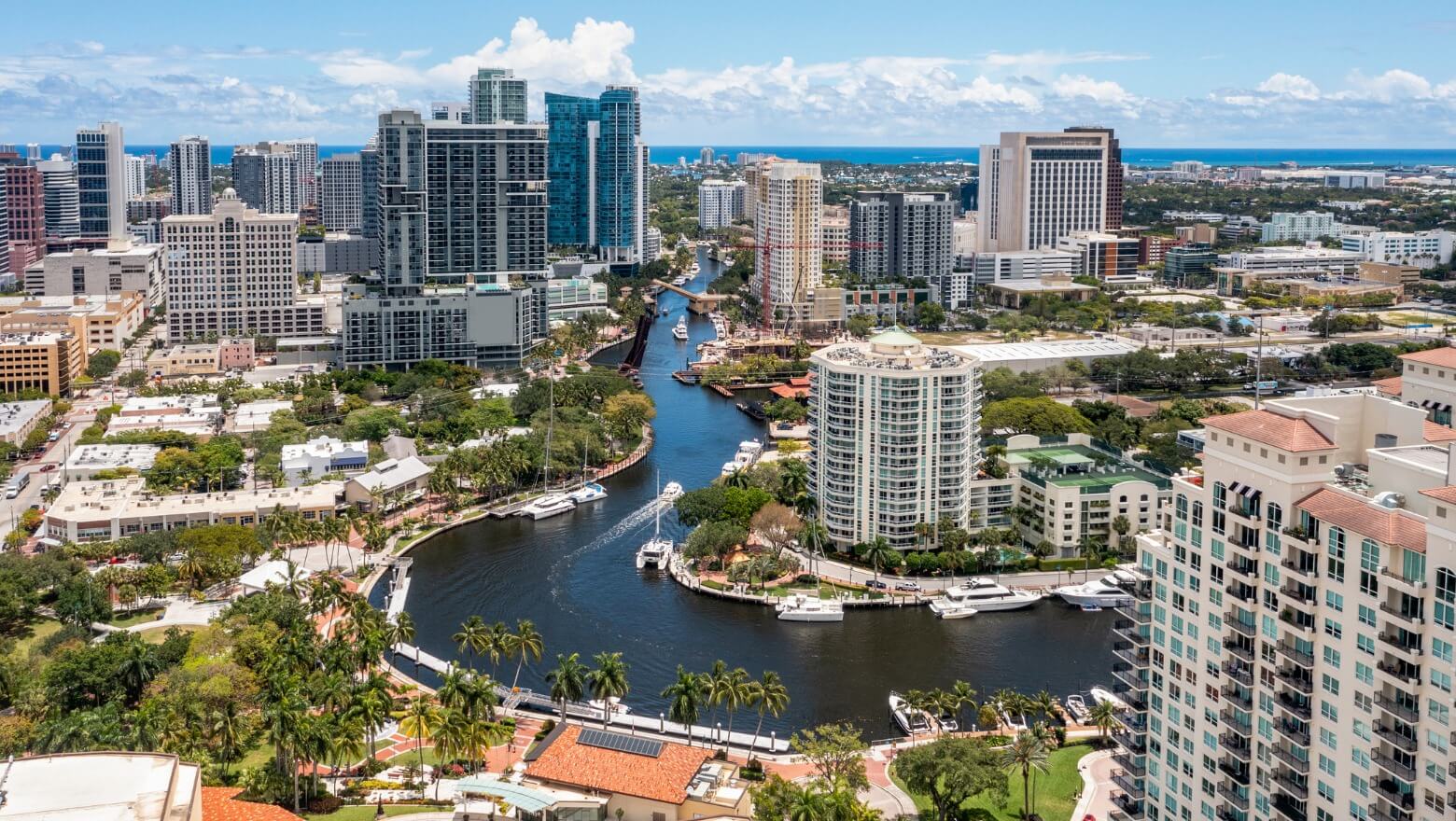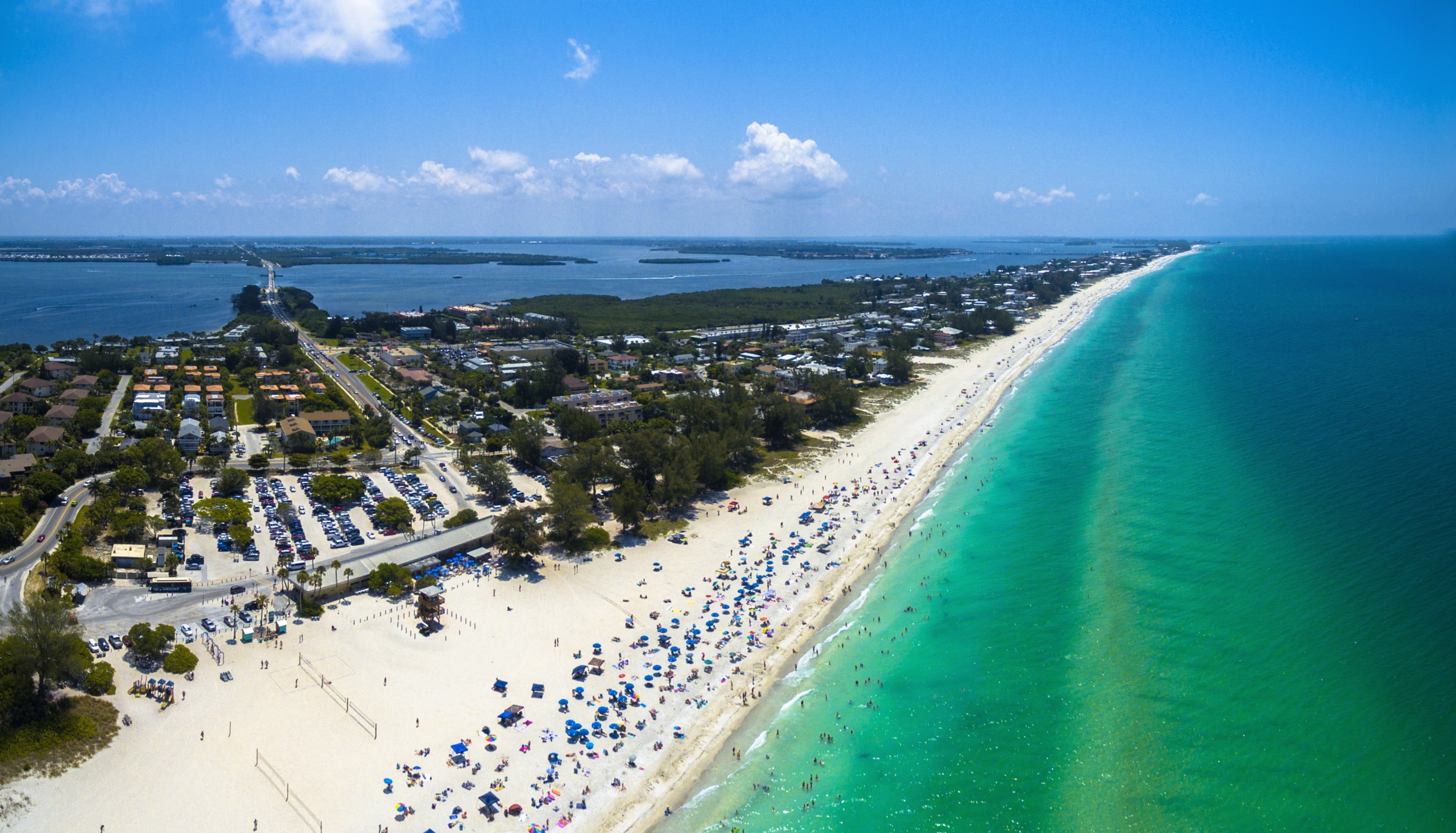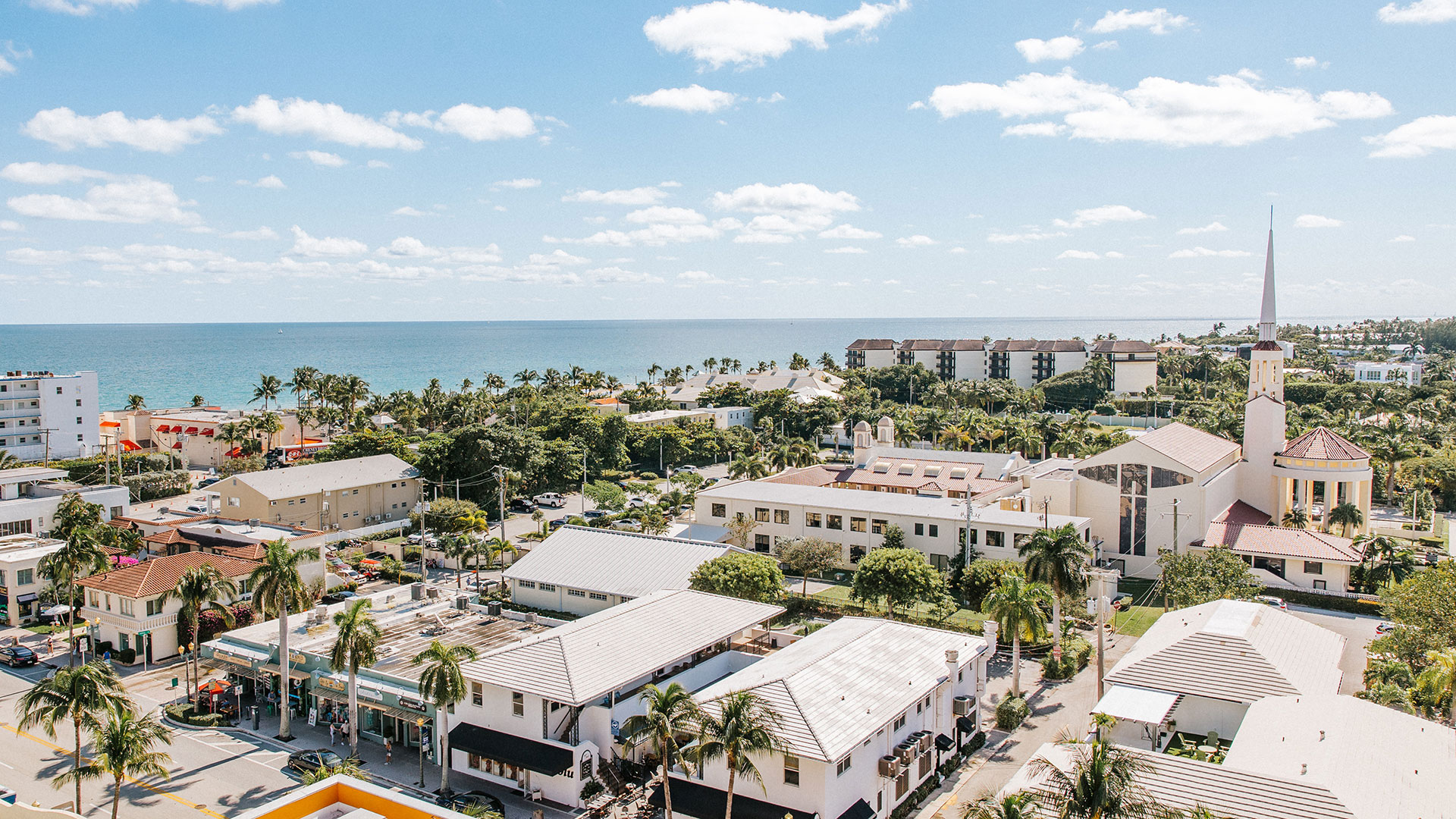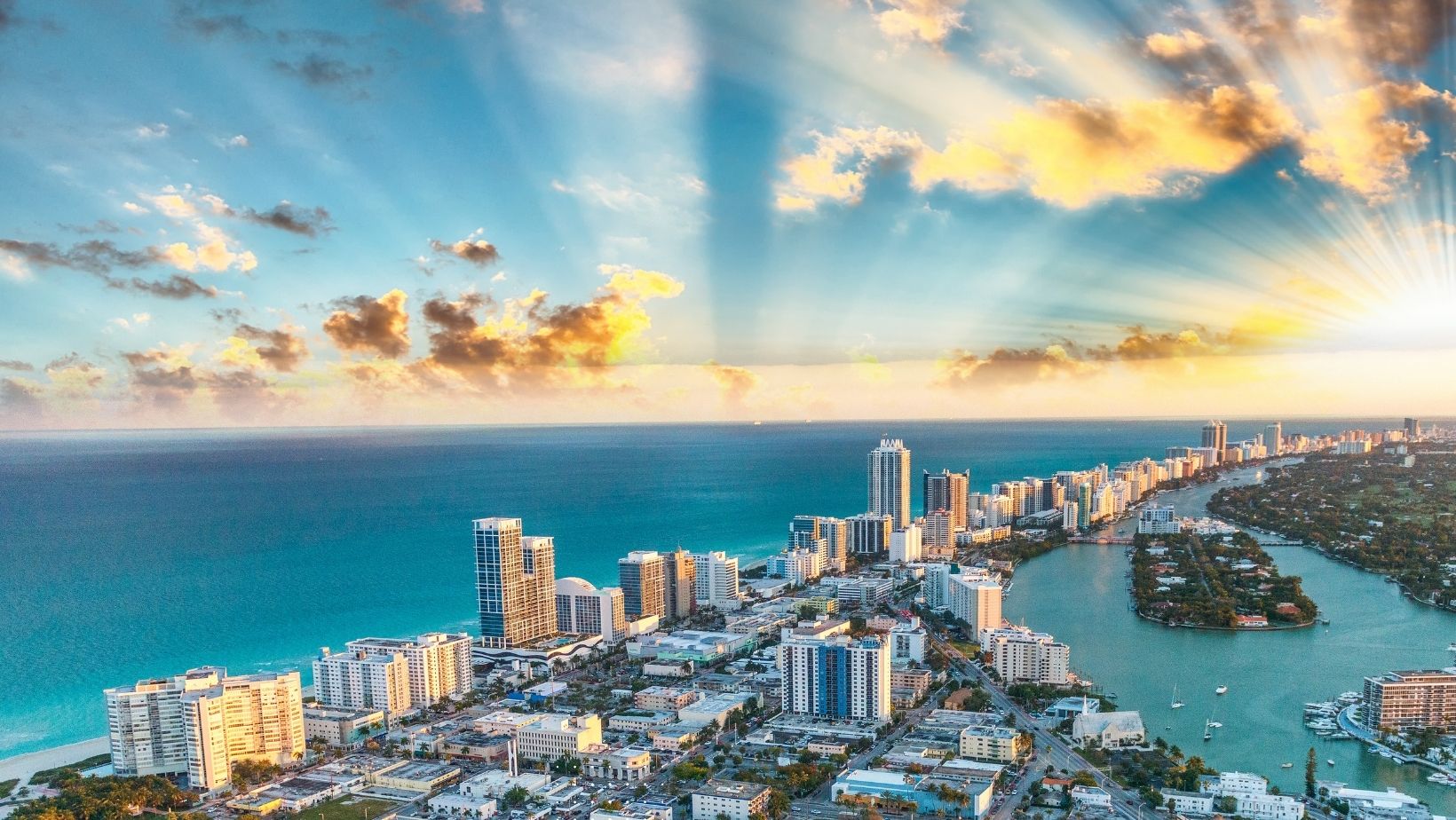Bay Area Comeback: Homebuyer Competition Heats Up as Urban Markets Rebound in 2025
The urban exodus that characterized the pandemic years appears to be reversing course in 2025, with major metropolitan areas—particularly in the Bay Area and New York—experiencing a significant resurgence in homebuyer competition. This comprehensive analysis explores the dramatic shifts in housing markets across the country, revealing which cities are heating up, which are cooling down, and what these trends mean for buyers and sellers in today's evolving market landscape.
Urban Markets Lead the Rebound as Bay Area Competition Intensifies
San Francisco has emerged as the hottest competitive market in the country, with an impressive 57.2% of homes selling above their original list price in February—a 7.5 percentage point increase from the previous year, marking the largest jump among the nation's 50 most populous metropolitan areas. This striking comeback follows years of pandemic-driven exodus from urban centers.
The Bay Area dominates the list of markets seeing increased competition, with San Jose experiencing a 3.5 percentage point increase in above-list sales, bringing its total to a staggering 67.1%—the highest percentage nationwide. Oakland follows closely with 57.7% of homes selling above asking price.
New York metro areas are also witnessing renewed competition, with Nassau County and New York City seeing increases of 4.4 and 2.2 percentage points respectively. Other markets experiencing growth in above-list sales include Milwaukee (2.7 points), San Antonio (2.4 points), Portland (1.4 points), and Philadelphia (0.8 points).
"The Bay Area's rebound defies conventional market wisdom," notes Josh Felder, a Premier real estate agent serving the region. "There's a seemingly endless population with enormous financial resources, combined with persistently tight inventory, which continues to drive prices upward despite broader economic uncertainty."
Southern California Markets Show Dramatic Cooling Trends
While the Bay Area heats up, Southern California markets are experiencing the opposite trend. San Diego leads the nation in the growth of below-list price sales, with 51.2% of homes selling below their original asking price—an 8.9 percentage point increase year-over-year. Anaheim follows closely with an 8.7 point increase in below-list sales.
This cooling trend extends beyond California to other once-hot markets, with Charlotte and Atlanta both seeing 7.3 percentage point increases in below-list sales, and Sacramento experiencing a 6.8 point increase.
The divergence between Northern and Southern California markets highlights the nuanced nature of today's real estate landscape. A key factor appears to be inventory growth—the metros with the biggest increases in below-list sales experienced inventory growth averaging 23.9% year-over-year, nearly triple the 8.4% average increase seen in markets with growing above-list sales.
"Even slightly overpricing in today's market can backfire," warns Charles Wheeler, a Premier agent in San Diego. "When sellers push values by even $20,000 above market rates, they risk scaring off buyers and watching their homes linger unsold."
National Trends Show Market Normalization
Nationwide, the data reveals a return to pre-pandemic norms after the extraordinary buyer frenzy of 2021-2022. In February 2025, just 20.5% of homes sold above their original asking price—down from 22.8% a year earlier. Nearly two-thirds of homes (64.2%) sold below original asking, compared to 60.9% in February 2024.
The data suggests 2025 is developing into a buyer's market in many regions, influenced by persistent mortgage rate pressures and growing inventory. This represents a significant shift from the pandemic era when above-list and below-list sales briefly reached parity around 40% each.
The return to pre-pandemic patterns highlights the importance of strategic pricing for sellers. While the pandemic created extraordinary selling conditions, today's market demands more realistic approaches. The gap between original and final listing prices further illustrates this point—while 64.2% of homes sold below their original asking price, only 53.6% sold below their final asking price, indicating widespread price adjustments during marketing periods.
Regional Market Leaders and Laggards
Beyond the Bay Area's dominance in above-list sales, Newark, NJ has emerged as another competitive hotspot, with 53.5% of homes selling above asking—making it one of only four major metros where the majority of homes command premium prices.
At the opposite end of the spectrum, Florida and Texas markets consistently show the highest percentages of below-list sales. West Palm Beach leads with 88.2% of homes selling below original asking prices, followed by Fort Lauderdale (85.7%), Miami (83.7%), San Antonio (81.2%), and Austin (80.2%).
These regions face distinct challenges, including substantial new construction that increases supply, accumulating stale inventory that shifts negotiating power to buyers, and—particularly in Florida—growing concerns about environmental risks, escalating HOA fees, and surging insurance costs.
Meanwhile, Seattle leads the nation in exact-list price sales at 26.7%, followed by Virginia Beach (25.7%), Nashville (24%), Washington, D.C. (19.5%), and Columbus (18.4%)—indicating markets where pricing precision and buyer-seller alignment is most prevalent.
Market Insights: What Buyers and Sellers Need to Know
What's behind the Bay Area's remarkable comeback?
The Bay Area's resurgence stems from a combination of limited housing supply, the continued strength of the tech sector despite occasional volatility, and the region's enduring appeal to high-income professionals. While inventory has begun to improve—with active listings up 5.8% in San Francisco, 27% in San Jose, and 38.7% in Oakland—demand continues to outpace supply in these desirable markets.
Are today's bidding wars as intense as during the pandemic peak?
No. While competition has intensified in certain markets, the overall intensity remains more restrained than during the 2021-2022 frenzy. As one Bay Area agent noted, homes in desirable neighborhoods might sell for 10% above asking today, compared to 15% or more in 2017-2018, suggesting a more measured market dynamic.
What factors are cooling the Southern California market?
Southern California's cooldown reflects several factors: rising inventory levels giving buyers more options and negotiating power, price resistance after years of escalation, and shifts in migration patterns. Many buyers who can work remotely are exploring more affordable regions, putting pressure on sellers to adjust expectations.
How should sellers approach pricing in today's market?
Market conditions vary dramatically by region, making local expertise essential. In highly competitive markets like the Bay Area, strategic underpricing may still generate multiple offers, while in cooling markets, realistic pricing is crucial. Regardless of location, proper preparation, professional staging, and high-quality marketing remain critical for maximizing results in a normalizing market.
Will urban markets continue to strengthen throughout 2025?
While early 2025 data shows promising trends for urban centers, seasonal patterns and economic factors will influence the trajectory. The Bay Area has shown pent-up demand driving February's competition, but some agents report March bringing a more measured pace as buyers await additional inventory. Mortgage rate movements, employment trends, and housing policy changes will all shape market dynamics throughout the year.
The dramatic regional variations in today's housing market underscore the importance of local expertise and strategic decision-making for both buyers and sellers navigating this complex landscape. As we move further into 2025, these early trends provide valuable insights into the emerging patterns that will define this year's real estate market.

